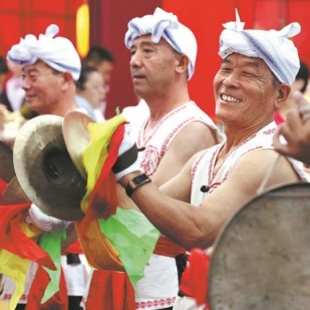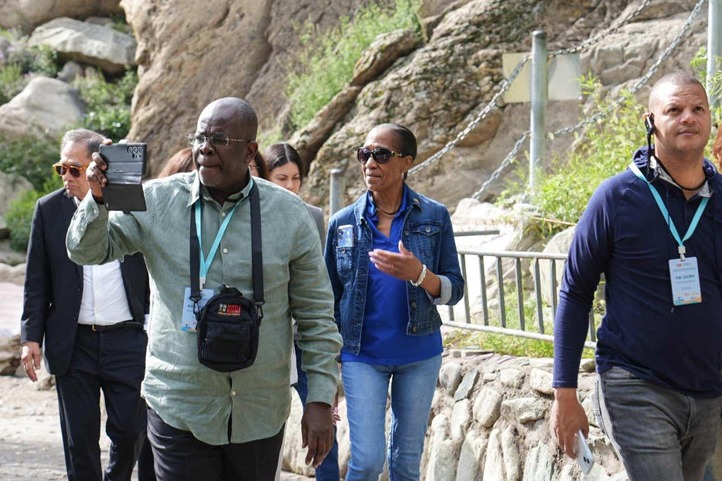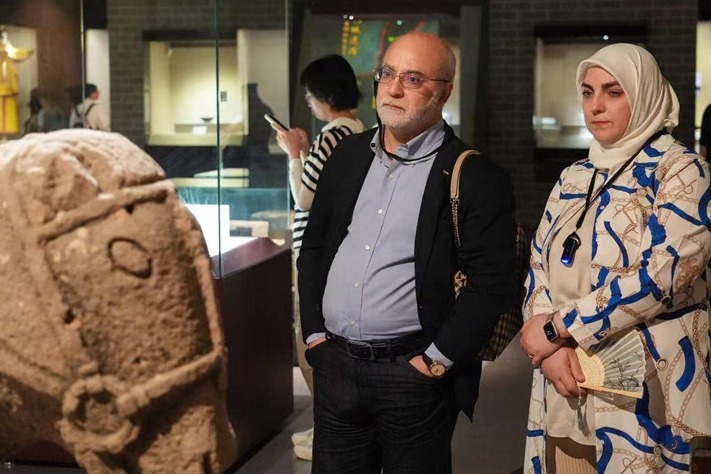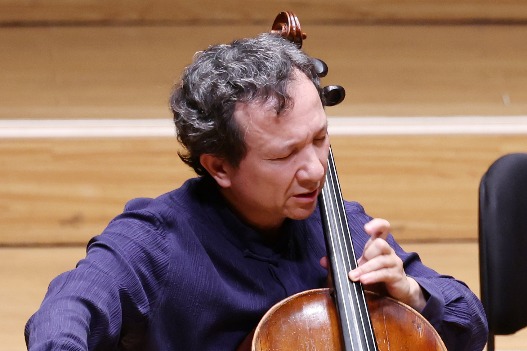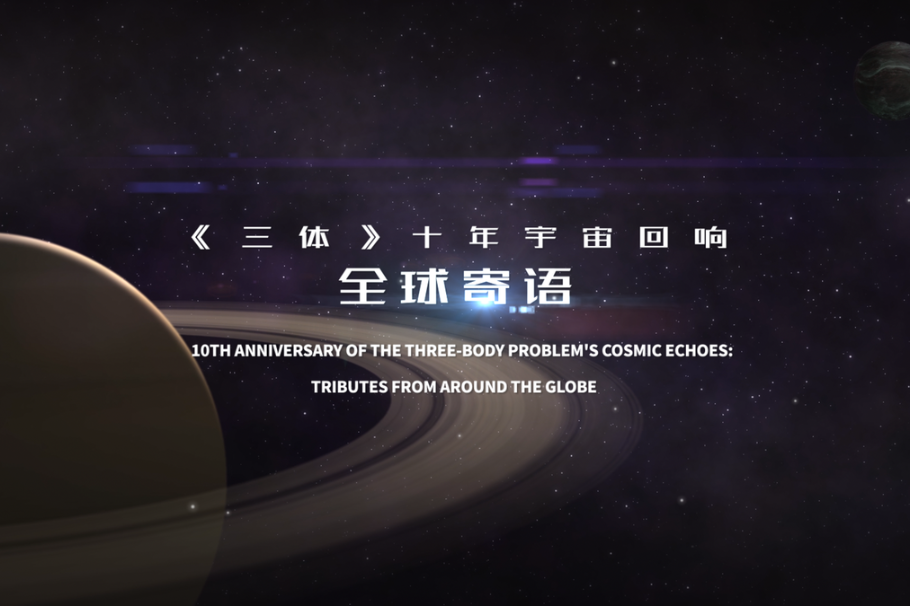Tech livens up Shanxi's ancient landscape

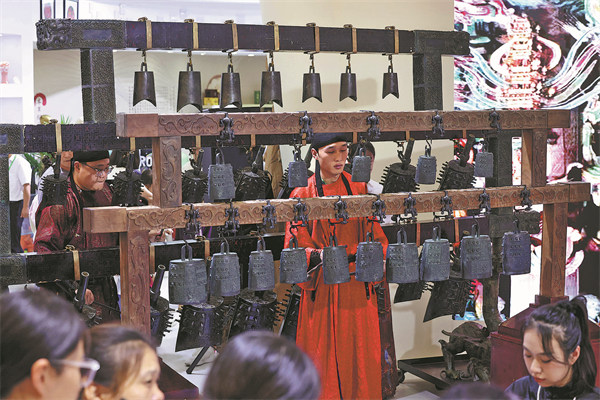
Fair boosts real-life attractions in the province, Wang Qian and Zhu Xingxin report in Taiyuan.
At the recently concluded 7th Shanxi Cultural Industries Fair in Taiyuan, Shanxi province, Yu Shui, director of the animated blockbuster Nobody, invited moviegoers to visit the province that inspired its ancient architectural scenes.
"After seeing Nobody, I hope you will go see the statues in the Tiefo Temple and the Weituo statue in the Shuanglin Temple, to feel the history and local culture," Yu says.
The invitation highlights a dynamic phenomenon in the country's creative industries — leveraging advanced technology to revive cultural heritage not within the confines of museums but through engaging and accessible mediums, such as games and films.
"With the video game Black Myth: Wukong becoming a hit, the integration of technology with cultural tourism has been encouraged by local authorities, which is a growing travel trend inspired by the big screen," Yu says.
With revenue soaring to nearly 1.3 billion yuan ($182.29 million) at the box office as of Aug 26, according to statistics from ticketing platform Maoyan, the ink-wash animation proves that the past is not just a subject for study but a boundless source of inspiration that can fuel both artistic innovation and commercial success.
Nobody has broken the previous record of 573 million yuan set by Big Fish & Begonia (2016), making it the highest-grossing domestic 2D animated feature in Chinese cinema history.
Yu says that his deeply personal storytelling, drawn from childhood memories in his hometown in Shanxi, has inadvertently become a boon for local cultural promotion.
To create its unique Chinese animation style, Yu and his team conducted field research from northern to southern Shanxi, bringing the beauty of the province's ancient architecture onto the silver screen. Even the place's name, Beizhang village, a real location in Yu's hometown of Taiyuan, was subtly embedded into the animation.
"Incorporating a large number of Shanxi landmarks and elements of ancient architecture into the film was primarily driven by the needs of the plot, as these exquisite structures can enhance the film. Additionally, it's because I am from Taiyuan and have a deep emotional connection to these ancient buildings," Yu says.
The animation follows four small monsters — a pig, a toad, a weasel, and an ape — who masquerade as characters from Journey to the West in a quest for immortality, before finding themselves protecting villagers from malevolent forces.
- Shunyi culture festival opens in Beijing
- Forum explores innovative partnerships and community co-creation in museums
- 'The Three-Body Problem' celebrates a decade of global impact, charts future expansion
- Overseas letters of support reveal passionate, enduring patriotic bond
- Guardians of a vanishing song


